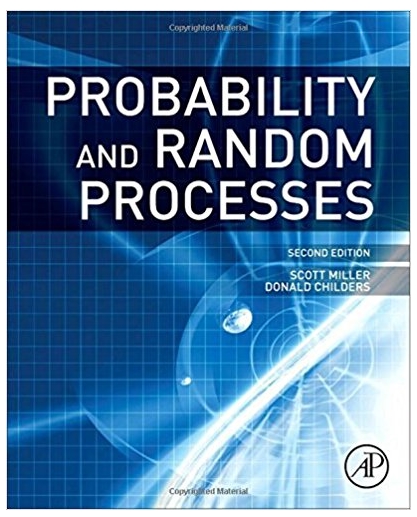Answered step by step
Verified Expert Solution
Question
1 Approved Answer
This question uses the NHANES dataset in R. library(NHANES) For a smaller subset of the original NHANES dataset, I have made a small.nhanes dataset with
This question uses the NHANES dataset in R.
library(NHANES)
For a smaller subset of the original NHANES dataset, I have made a small.nhanes dataset with 17 variables as follows.
library(NHANES) library(tidyverse) small.nhanes <- na.omit(NHANESraw[NHANESraw$SurveyYr=="2011_12" & NHANESraw$Age > 17,c(1,3,4,8:11,13,24,25,61,77)]) small.nhanes <- small.nhanes %>% group_by(ID) %>% filter(row_number()==1)
With this dataset, I am trying to randomly select n = 500 observations from the data to perform a simple random sampling. BPSysAve is my outcome of interest and Smoke100 is my exposure. I need help performing an appropriate regression model for my outcome BPSysAve. Aside from the Smoke100 variable and the ID variable, I hope to use not more than 3 variables for my regression.
Step by Step Solution
There are 3 Steps involved in it
Step: 1

Get Instant Access to Expert-Tailored Solutions
See step-by-step solutions with expert insights and AI powered tools for academic success
Step: 2

Step: 3

Ace Your Homework with AI
Get the answers you need in no time with our AI-driven, step-by-step assistance
Get Started


